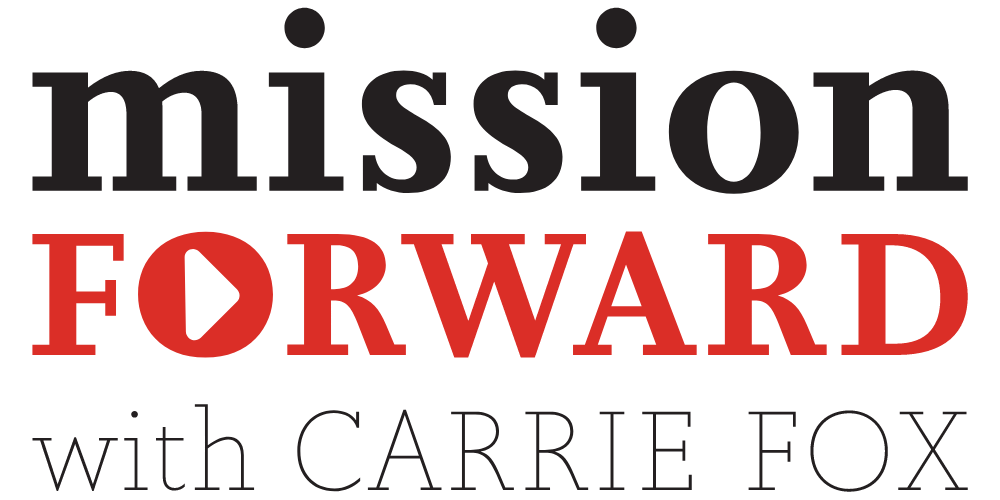Ditch the DEI Speak.
This article is part of Finding the Words, a newsletter that delivers practical insights on the day’s issues.
Earlier this summer, I was invited to coach an executive who holds one of the more complicated titles of our time: the Chief Diversity, Equity, Inclusion, and Belonging Officer.
When her role was established, it was celebrated as cutting-edge, forward-looking, innovative, and essential—one of the first of its kind, and worthy of attention. In recent years, however, the temperature has changed, with a documented rise and fall of such roles. Whereas partners and journalists once regularly looked to her for insights and recommendations on advancing equity and inclusion in her field, she has more recently become a leader on the defense—frustrated by preconceived notions about her work, unsettled by more critical lines of questioning and fearful of media interviews and public speaking,
The intent of her role—to spearhead inclusive practices and promote the diversity of thought and experiences—hasn't changed. But the public’s perception of it has.
As Directors of DEI and related roles have come under fire, one common theme I’ve noticed is how often these roles and the work they encompass are misunderstood and underappreciated. The work still matters, though it's become too easy to misunderstand why. The way we talk about DEI isn't helping.
So, to increase understanding, we practiced going back to the basics. We practiced discussing her work without using the expected words. Diversity, equity, belonging, justice, and accessibility were all put in “time out” for this exercise. In minutes, she was coming alive again: making her work real rather than technical, and personal rather than performative.
Her work didn’t need a reset. Her language did.
This communications adjustment sounds easy enough, but it can be a real challenge, particularly given the scrutiny and weight we’ve given to a combination of letters such as DEIB, JEDI, EDI, etc.
It’s not the letters or their order that matters. It’s the work that matters. And if we can’t talk about that work plainly and directly, we can’t expect people to understand or connect with it.
Rob Sheehan, a faculty member at the University of Maryland, described it like this:
“One misunderstanding is that diversity efforts are intended to hire women and people of color into jobs regardless of their qualifications. But the purpose is to institute fair hiring and promotion. This includes communicating job openings broadly to many audiences and potential candidates, using objective selection processes, and basing pay and promotions on measurable criteria.”
When said that way, we can all understand the merit and value of a diversity-first hiring program. However, many leaders have trouble delivering their message in such a plain and simple frame.
If you feel at a loss for words, or on the defense regarding your DEI initiatives, try a plain-language reset.
First, try delivering your organization's key message about diversity, equity, inclusion, belonging, and accessibility without using any of those words. Can you do it? And how does it feel? Perhaps those words are working for you, in which case you may continue to use them sparingly. You may find, however, that by relying less on a few well-known words and letter combinations, you can get your point across much more effectively.
Then, practice telling someone outside of your core professional circle about your work: why it matters, what it’s intended to achieve, and what you’re noticing about the impact and effect of your work. Ask them to take note of what they hear and understand, and then repeat it back to you—it’s a terrific way to uncover some new and fresh ways to communicate your message.
Bottom line: Diversity, equity, inclusion, accessibility, and belonging matter, and they always will. But labels, lexicon, and technical talk can get in the way of explaining why. So, ditch the DEI speak and get back to the heart of what matters: treating people fairly, caring about each other, and creating environments where everyone can thrive. It’s basic stuff, really.
This post is part of the Finding The Words column, a series published every Wednesday that delivers a dose of communication insights direct to your inbox. If you like what you read, we hope you’ll subscribe to ensure you receive this each week.







